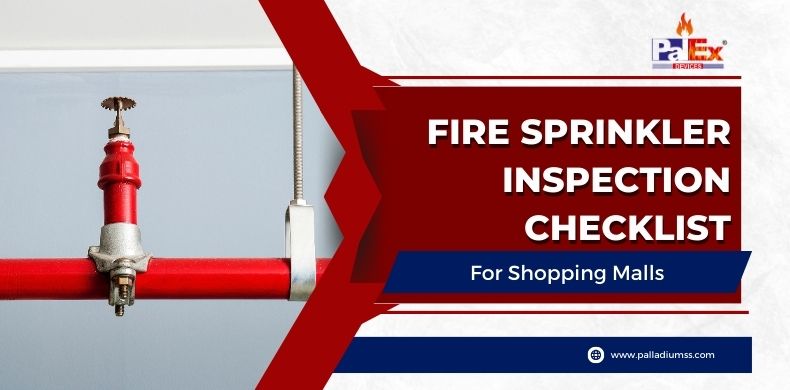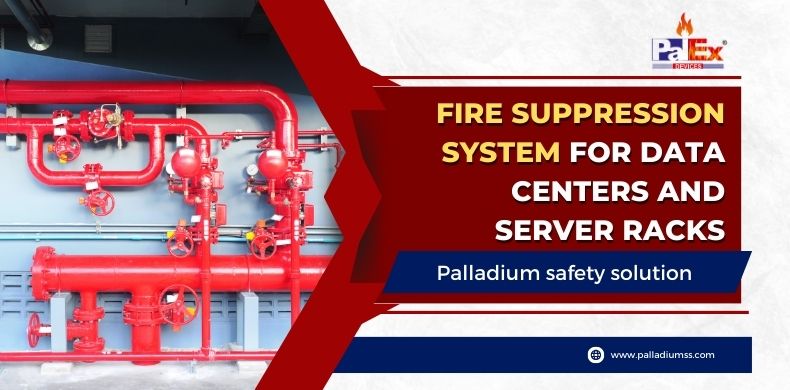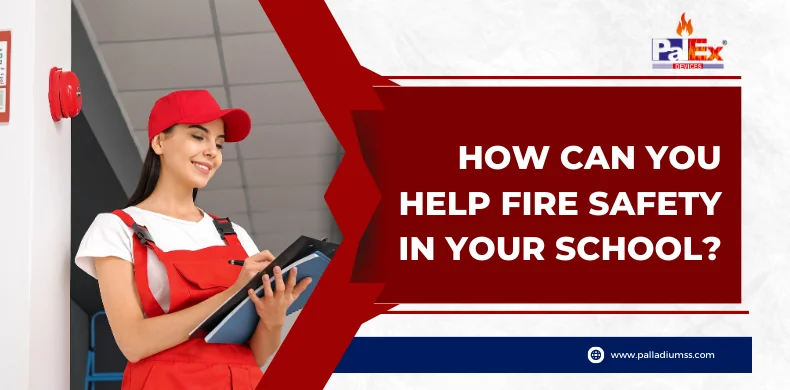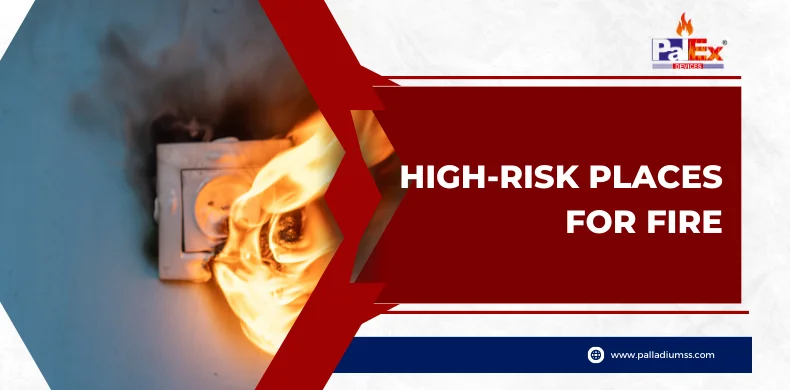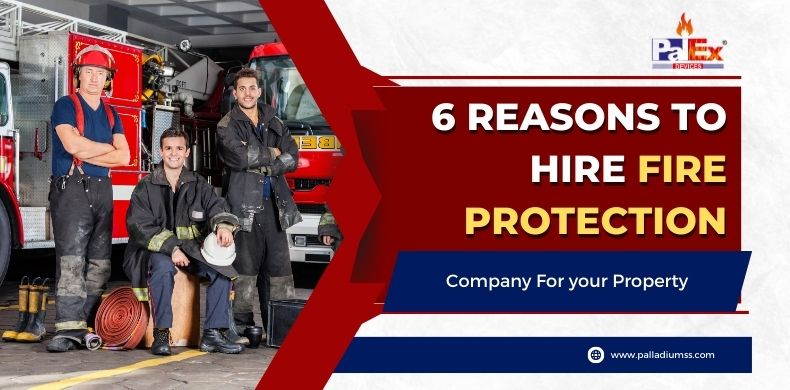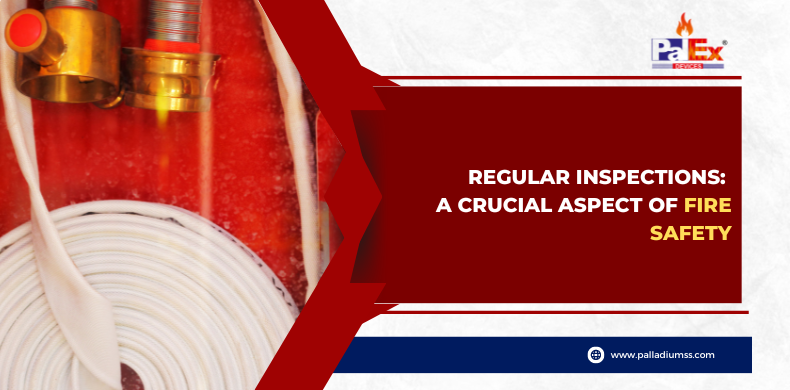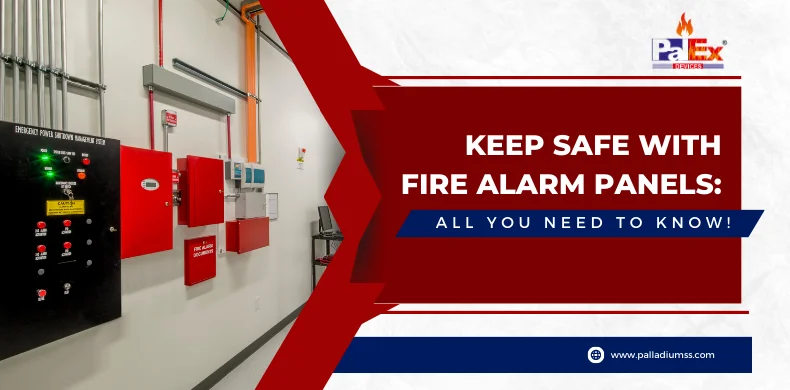Fire alarm panels are essential components of any fire safety system, and understanding what they are, the types available, and when they should be updated is key to maintaining a safe and secure property. This article will discuss a fire alarm panel, the types of fire alarm panels, how long they last, and the general problems associated with old fire alarm panels. Finally, we’ll look at the advantages of updating your fire alarm panel regarding
safety, longevity and cost.
What is a Fire Alarm Panel?
A fire alarm panel is the central control panel of a fire alarm system, responsible for detecting and messaging a fire alarm and connected to several manually operated and automatic fire sensors embedded in the property. The manufacturer’s manual shows the list of devices connected to the fire alarm panel. However, it can generally relate to various detection devices and other systems, such as building management or access control. They can also be connected to an existing fire hydrant system to allow for automatic shut-off of the hydrant should a fire be detected.
The Types of Fire Alarm Panels
There are three main types of fire alarm panels available: conventional / non-addressable
fire alarm panels, wireless fire alarm system panels, and analogue addressable fire alarm panels.
- Conventional / Non-addressable Fire Alarm Panels
These panels are ideal for smaller establishments such as single-story offices, homes, and stores that do not require complex control systems. They are relatively inexpensive to install and are self-sufficient in terms of programming, as they do not require complex communication protocols. The conventional systems generally use zone wiring and zone indicator light systems to indicate which zone within the building has set off the alarm.
- Wireless Fire Alarm System Panels
Wireless fire alarm systems are becoming increasingly popular as they offer an easier, more economical way to install fire detection systems in more significant buildings. These systems feature the same components as their wired counterparts but allow the user to programme the system wirelessly, eliminating the need for expensive cabling installation and the associated costs. The wireless system also makes maintenance and testing easier as wireless sensors can be located to cover otherwise challenging-to-reach areas such as attics and basements.
- Analogue Addressable Fire Alarm Panels
Analogue addressable
fire alarm panels are typically used in large buildings such as shopping centres or office blocks since they provide a complex control system that can be easily integrated with other systems. These systems often feature repeater panels and multiple detectors in each zone with addressable discs on the back of each circuit. Each sensor is programmed with a unique address, allowing the user to identify each one.
Fire Alarm Panels Don’t Last Forever
While fire alarm panels are designed to operate for several years, they still need to become obsolete over time as technology advances and regulations change. Most fire alarm panels have a life expectancy of around 10-15 years, and older systems may become less reliable due to worn-out components. It is also essential to remember that manufacturers often make changes to the fire alarm systems in terms of features, battery type and operating conditions as new regulations are introduced.
Problems with Old Panels
There are various problems related to launching a system that is not up to date. A few of these problems include:
Equipment that has reached the end of its life may not be able to detect new fires beyond its age. End-of-life products can often be difficult to source and much more expensive than a new system.
Safety Features Change
Industry standards and regulations surrounding fire safety are constantly changing, and older systems may need the safety features that a new system would. This means that a more senior panel may need to be able to provide the same level of protection as a more up-to-date system.
<
Fire Regulations May Increase
Regulations often change to reflect the realities of safety and thus influence the necessary fire safety upgrades. This could include installing additional detection devices or the need for broader coverage for more significant buildings.
Installing a new system can be expensive, as equipment and installation costs can be much higher than that of an older system.
- Compatibility Advancements May Be Less Than Satisfactory
Technology does not stand still, and many of the systems we use today need to be updated compared to the available advancements. This means plans may need to be compatible with the obsolete hardware that comes with the older designs.
- BFirmware Upgrades May Be Needed
Firmware upgrades may be needed to improve safety and keep up with changing regulations, and they can be expensive.
- Old System Might Not Be Adequate for Renovated Space
If you’ve recently updated or renovated part of your facility, the old system might need to adequately detect a fire that breaks out in the renovated area.
- System is Too Sensitive or Not Working When it Should
Also read :Kitchen Hood Fire Suppression System Inspection
The sensors in an old system can become too sensitive or fail to detect a real fire. This can be caused by worn-out components or out-of-date programming.
Update Your Fire Alarm Panel Today
Upgrading your fire alarm panel is essential for safety, longevity and cost. A new, up-to-date fire alarm system can detect more recent threats, respond quickly when needed and is generally more economical than attempting to repair an outdated system. Furthermore, a modern fire alarm system can also help to keep your building compliant with updated safety regulations and provide peace of mind that your building is protected.
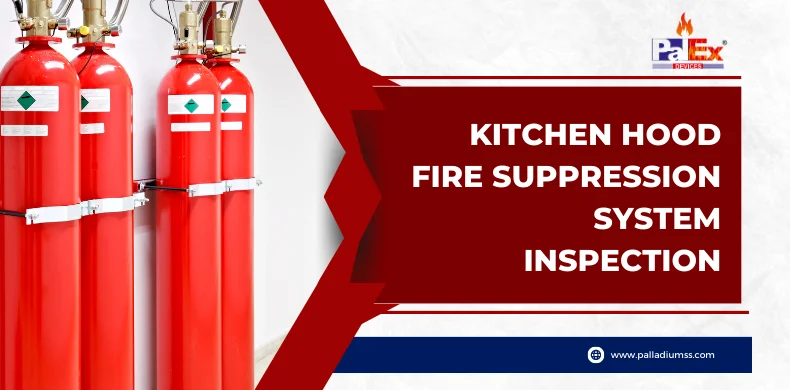
Fire is the major threat to any place, in particular, the kitchen. The kitchen is a high-heat environment with no small risk, and mostly it is designed to be well-insulated. Especially commercial kitchens are pretty insulated to keep the required heat for cooking.
But the problem is over time; the commercial kitchen can catch up with grease and grime and present new problems to the kitchen hood fire suppression system. Grease and grime stick to the nozzles and disperse your fire suppression agent, and thus it disables the system’s ability to suppress and extinguish the kitchen fires. And this may cause serious fire accidents. So it is important to maintain your kitchen’s fire suppression system.
So in this article, we will be discussing what kind of inspections your kitchen fire suppression system needs and how you can prepare your restaurant or commercial kitchen for these inspections.
How Often Should the Kitchen Hood Fire Suppression System be Inspected?
According to NFPA 96, the kitchen hood fire suppression system inspection must be done every six months. And importantly, the inspection must be done by a licensed fire protection company.
The inspector who does the inspection checks the following,
Whether
There was a fire in your kitchen, and your fire suppression system works properly, i.e., activates and puts off fire successfully when shutting off the gas or electricity that powers your equipment.
What is Done in the Kitchen Hood Fire Suppression System Inspection?
First, the inspector will check whether the fire suppression system is working as expected and replace any faulty or old parts.
Some common tasks that the inspector does are:
- All the extinguishing agent nozzles would be discharged and inspected
- Replace the nozzle caps
- Extinguisher lines are blown out through the air to ensure that there is no blockage.
- Test the gas shut off valve
- Check for holes in hoods
- Manual alarm pull station is checked for its functioning
- Fusible links of the system are cut to if the system starts properly
- The gas and electrical shut off is checked when the system activates
- Ensure the proper working of the cartridge
- Once the kitchen hood suppression system is activated, the inspector will replace the fusible links with new ones with the date stamped on them so that it would serve as proof of service for fire marshal inspection.
- After complete checking, the inspector will tag the system showing certification was successfully completed by a professional
- Finally, you will get a commercial cooking system service and inspection report, and it will be sent to your local fire department.
Once this kitchen hood suppression is done, your commercial kitchen will be set for another six months. So apart from the monthly visual inspections, the system will meet the fire requirements, and it will remain safe until your next inspection.
Also read :Benefits of Installing Fire Sprinklers in Residential and Commercial Buildings
How Should You Prepare Your Kitchen Before the Kitchen Hood Fire Suppression System?
If the kitchen hood fire suppression system has been scheduled, then you need to do the following:
- Thoroughly clean your kitchen hood
- Know when the inspection will start
- Prepare the kitchen for the inspection
And that’s it. I hope this quick blog sounded interesting. Cheers!

